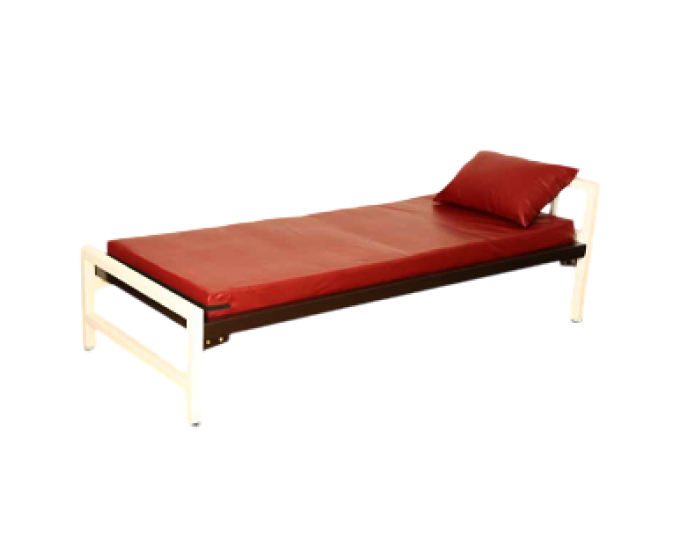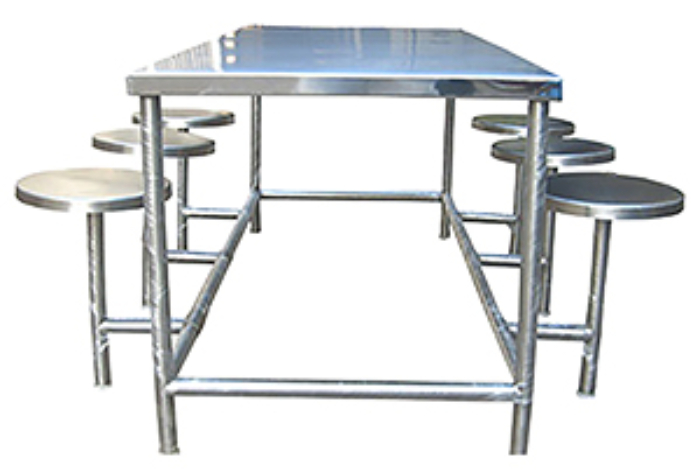An auditorium is one of the main attractions in a school’s infrastructure. Schools that have the space and budget to include an auditorium never miss an opportunity to boast about it. But then, an auditorium is not just an aesthetic addition to the infrastructure. It is a room designed to host a range of audio and visual performances for students, teachers and other audiences.
A leading auditorium chair manufacturer from Tamil Nadu says there’s a lot to consider before deciding the seating arrangement in a school auditorium. The seating configuration is a major factor contributing to the audiences’ capacity, comfort and overall experience. At Inspace School Furniture, we offer a variety of ergonomic and durable auditorium chairs designed for maximum comfort.
Our blog is the perfect guide for schools looking to build the perfect auditorium for their staff and students. Here you will find all the details required- the stage, types of seating layout, and criteria to consider in auditorium seating design.

Popular Types of Auditorium Stages & Seating Layout
Before deciding the seating layout in your auditorium, you need to understand the stage layout to determine the space usage. There are three types of stages popularly used for auditoriums:
You can choose any stage type depending on your preference, budget, and available space. However, you must ensure that your seating type aligns with the layout you choose to implement. Generally, all auditorium seating arrangements are aligned in consecutive rows, circles, or arcs facing the same direction.
According to auditorium chair manufacturers in Tamil Nadu, there are five types of auditorium seating layouts. These layouts are convenient, practical, functional, and attractive. They are:

If you are looking for optimal use of space, the continental auditorium layout could be the ideal solution. This layout is what we see in amphitheatres and open-air auditoriums. All the seats are arranged in a concave shape facing the stage. Generally, there is no centre aisle. Instead, the chairs are arranged in a large bank with two aisles on the sides. This arrangement is no longer popular because people prefer easy and quick access to the aisle.
There are some historic codes in implementing the continental auditorium layout:
- Rows cannot exceed 99 chairs.
- Aisles can have not more than 49 chairs per aisle
- All rows should have an exit with a ratio of one exit per five rows.
The arena layout is another idea from ancient Greek times and is closely associated with the continental layout. It offers excellent sight-line and aural quality and hence is used in auditoriums with a limited seating capacity.
Once you’ve chosen the right auditorium seating layout, you have some more criteria to consider before making your final decision.
Auditorium Seating Criteria: Useful Tips From An Auditorium Chair Manufacturer

You can choose between a sloped floor or a levelled floor, although most auditoriums have raked seating. Raked seating is positioned on an upward slope and allows the entire audience to have a good view of the stage. To simplify your choice for floor design, you may also want to consider:
- Pillars and other constructions that hinder the view
- Tier depth and height
- Number of aisles
- Width of each aisle
- Audiences’ sightline
- Slope degree
Sightlines are the audience’s view from eye level to the point of focus on the stage. Since every single seat should have a proper sightline, you ought to consider:
- Viewing angles from the extremely positioned seats
- Vertical sightlines where a viewer has a complete view of the stage over the people seated two rows in front of them.
- Horizontal sightlines where a person using the extreme seats can view three-quarters of the stage and the wall behind it.
Seat width means two things:
- Gap between the final seat in the row and the stairs
- Distance between each person in a row
You have to consider both spaces to prevent the risk of your audience tripping between the gaps.
Generally, there are two common seat types used for auditoriums. Whichever one you pick, always ensure that it is comfortable and convenient. Do not forget that a good viewing experience is all that matters for your audience. You can choose between:
- Fixed auditorium seats that are secured to the floor with bolts
- Retractable seating that can be opened or folded and put away.
All auditoriums in Tamil Nadu have safety compliance codes that include:
- Ample number of exits
- Floor slope range
- Aisle width
- Riser height
- Handrails
- Fire safety measures
All auditorium chair manufacturers design and manufacture ADA-compliant seats to ensure seating convenience for people with disabilities. ADA-compliant seats have the following features:
- Flip-up or side open-end arms
- Minimum width of 36 and 33 inches for single and double wheelchairs, respectively.
- Minimum 48 inches for front access
- Minimum 60 inches for side access
Choosing An Auditorium Seating Layout: Useful Tips From Auditorium Chair Manufacturers
Planning an auditorium is a job for the experts. However, you can also pitch your ideas before picking the ideal layout. Want to make some significant contributions to the planning? You will want to consider:
- Number of seats required
- Space requirement for each seat
- Fire codes and other regulations
- Back-to-back row spacing
- Exit and aisle locations
- Aisle width
- Audience sightline
You can always reach out to our team at Inspace School Furniture. We are one of the most prominent auditorium chair manufacturers in Tamil Nadu. Each chair we create at Inspace is built for maximum seating capacity, audience sightline, and convenience. With our experience and expertise, we can help you pick the right auditorium seating choice for your school. Make the right choice with Inspace!








